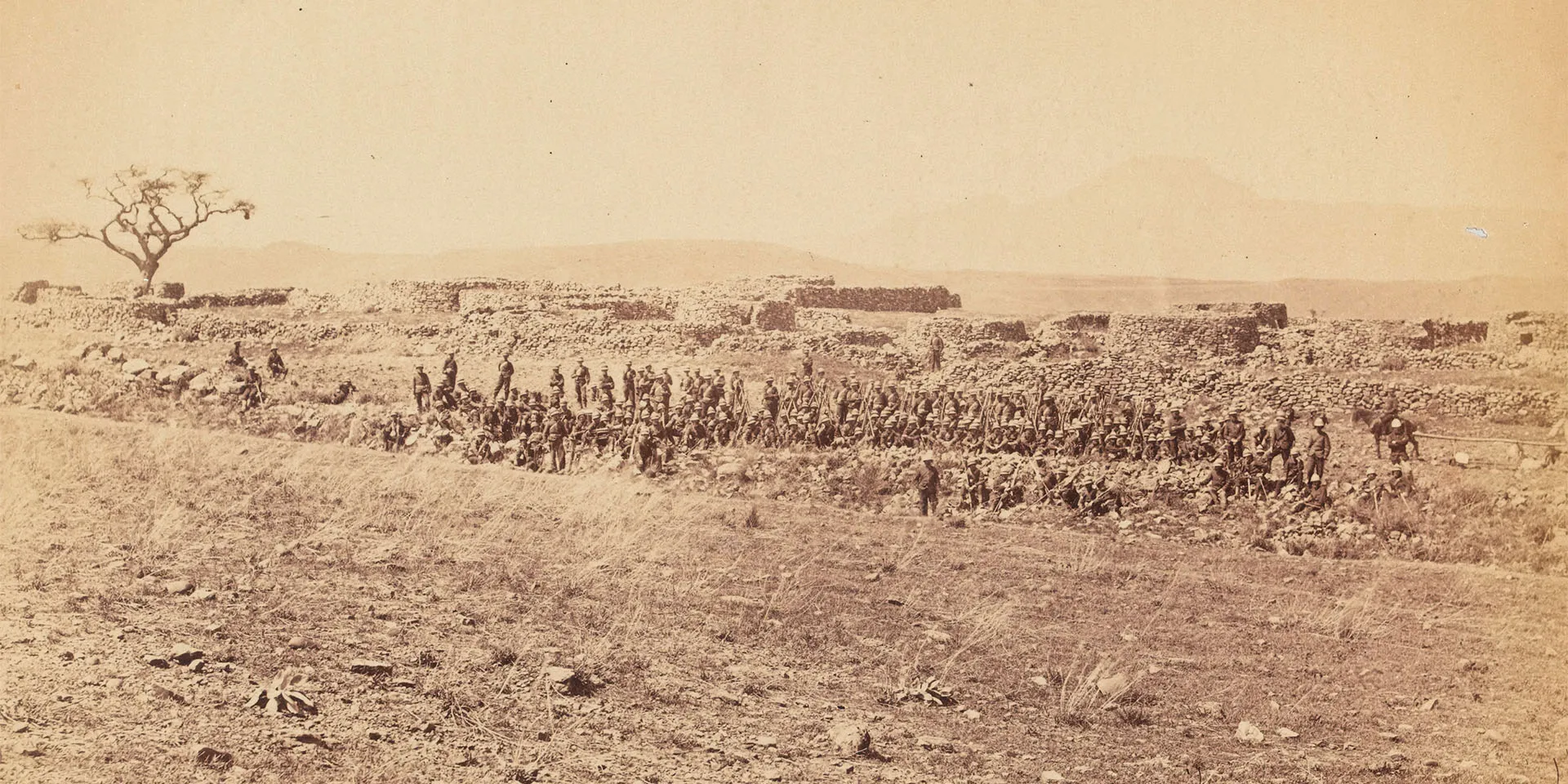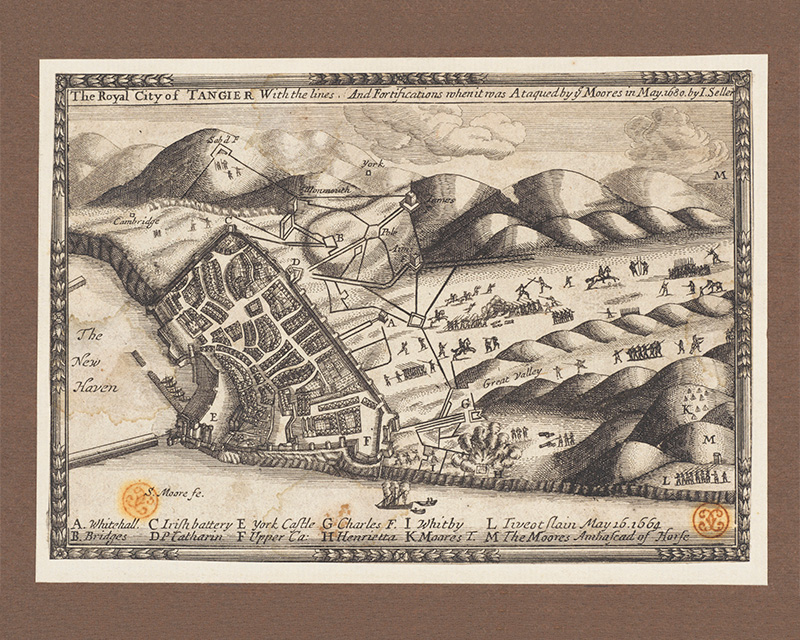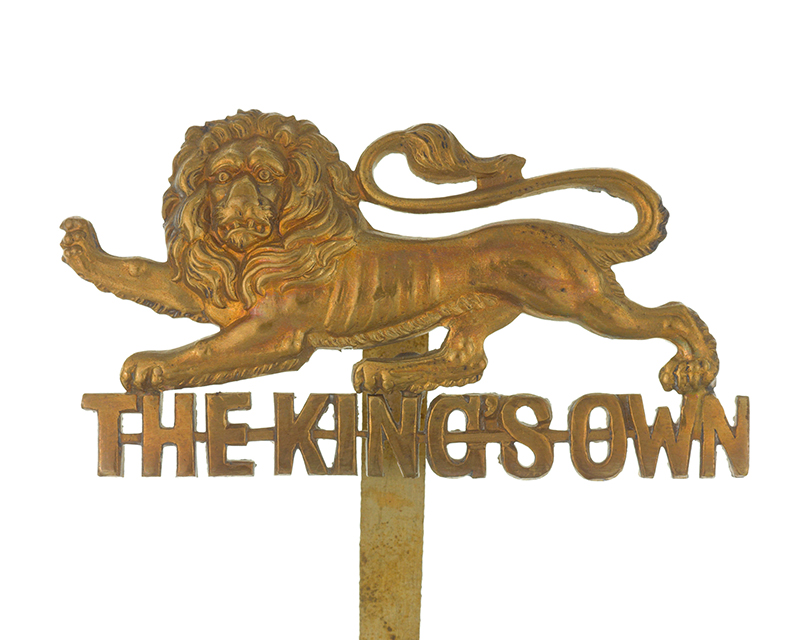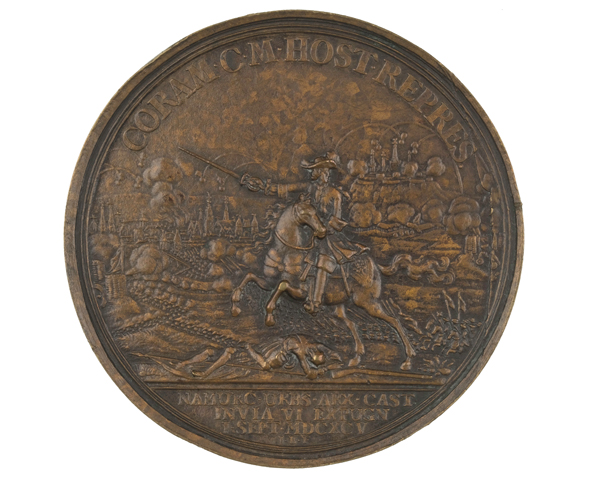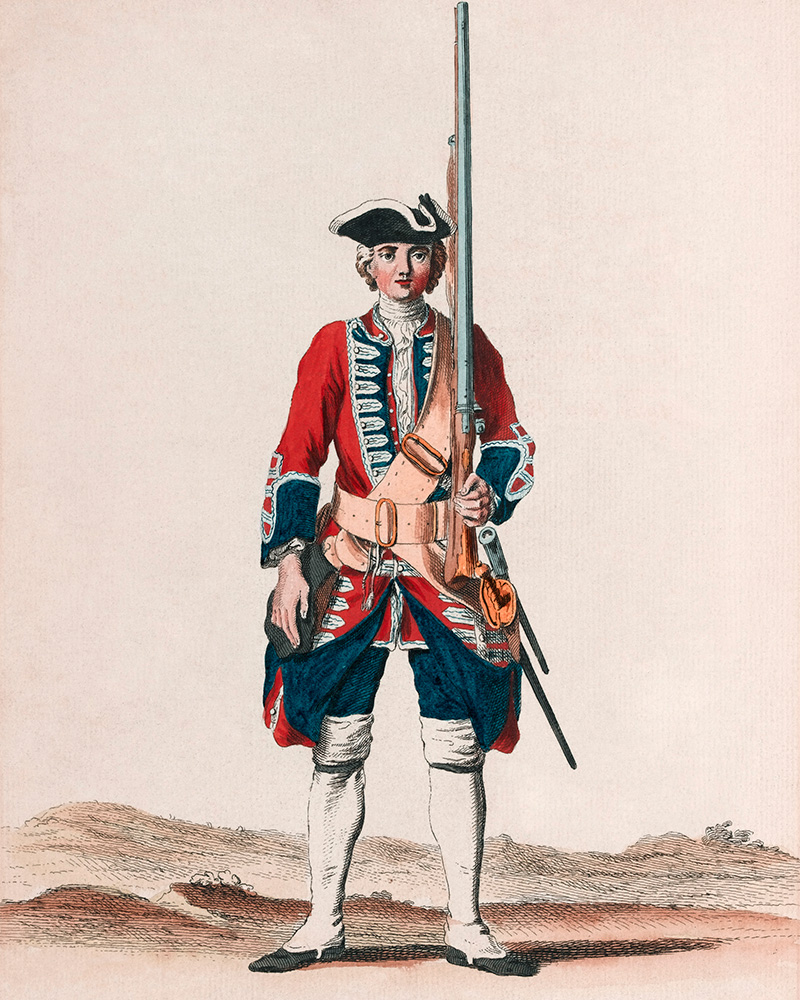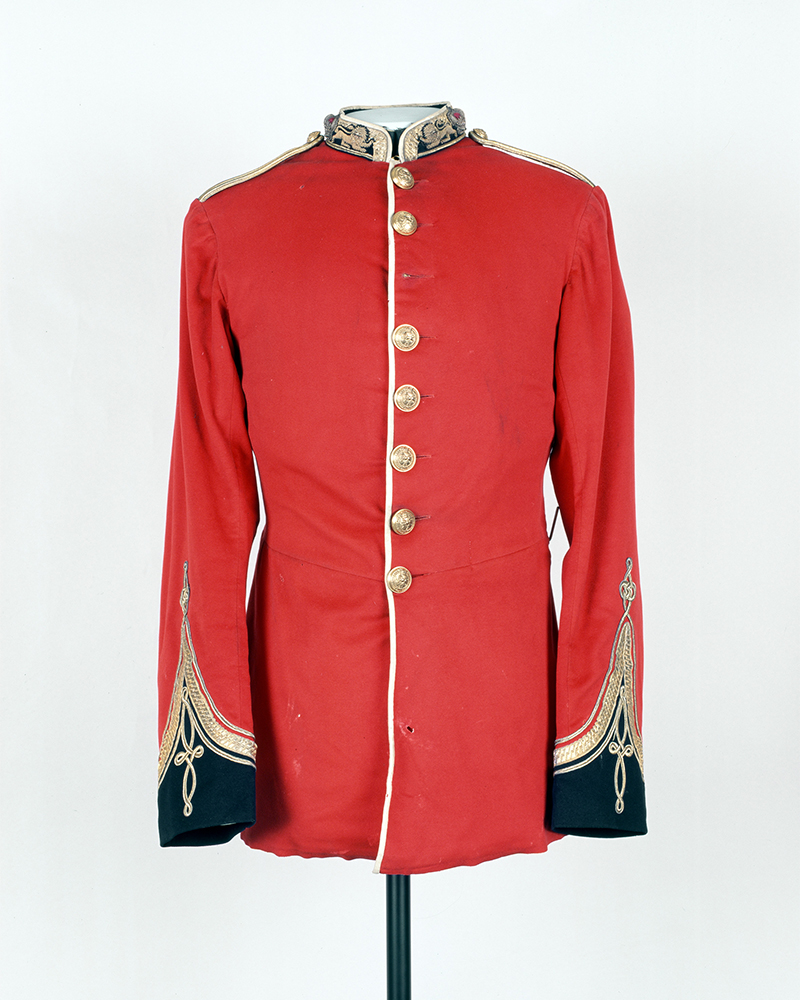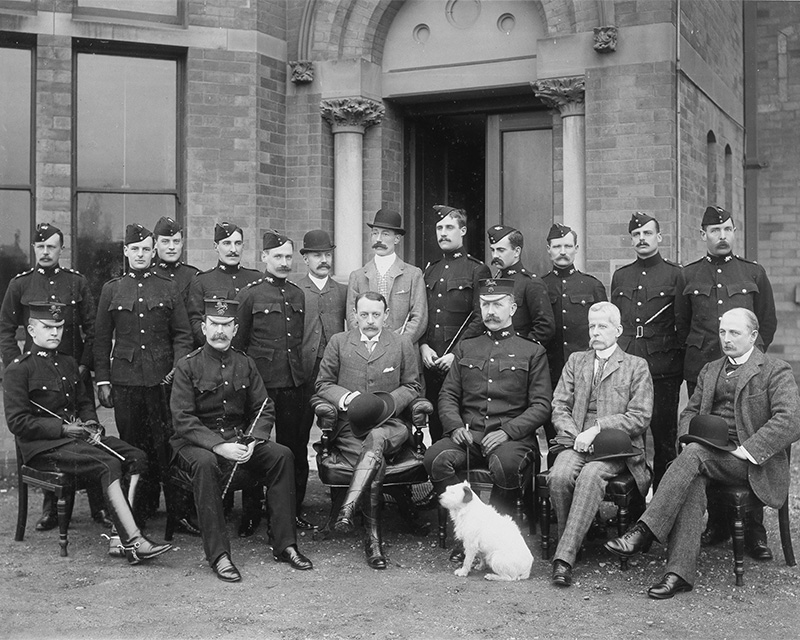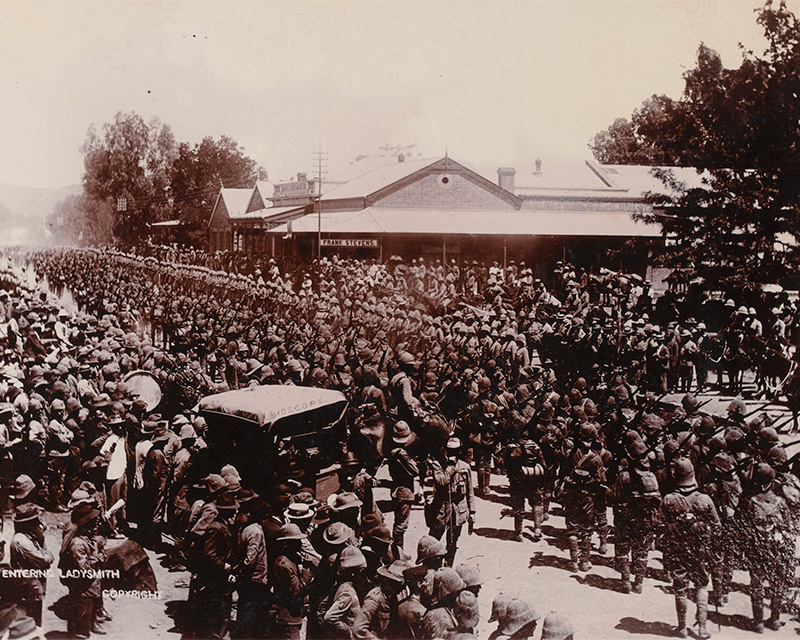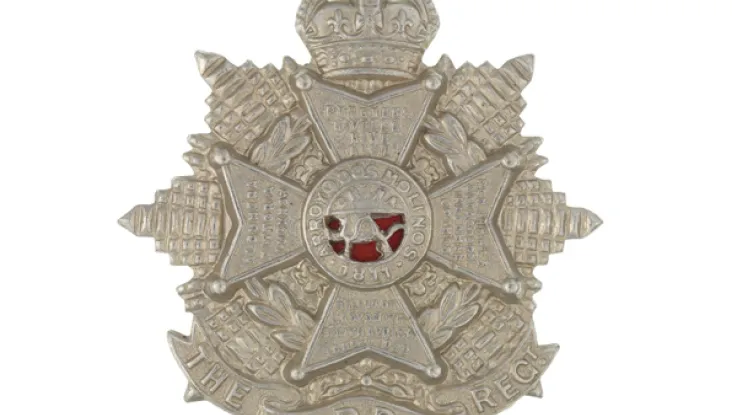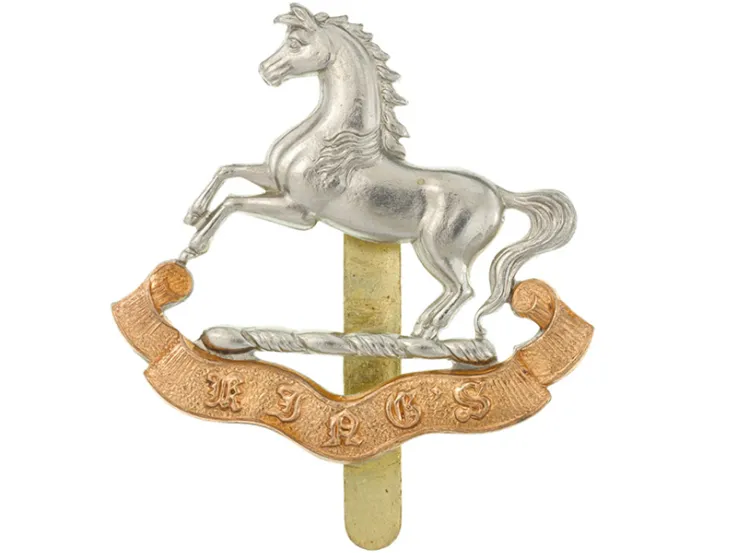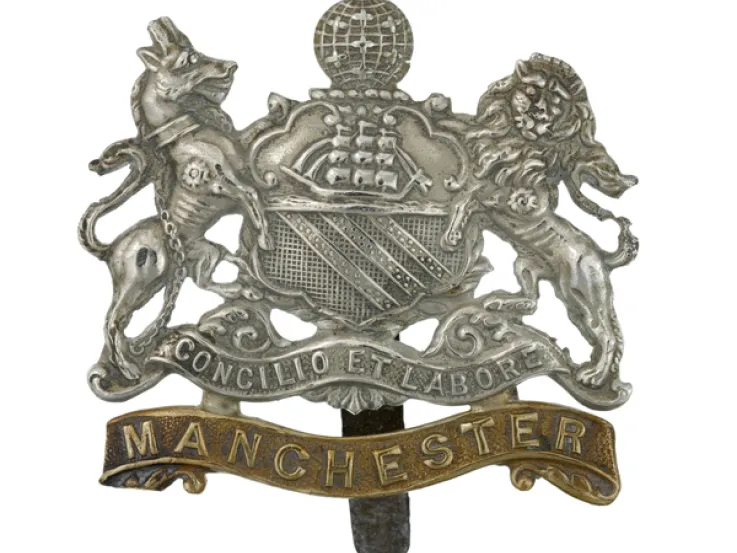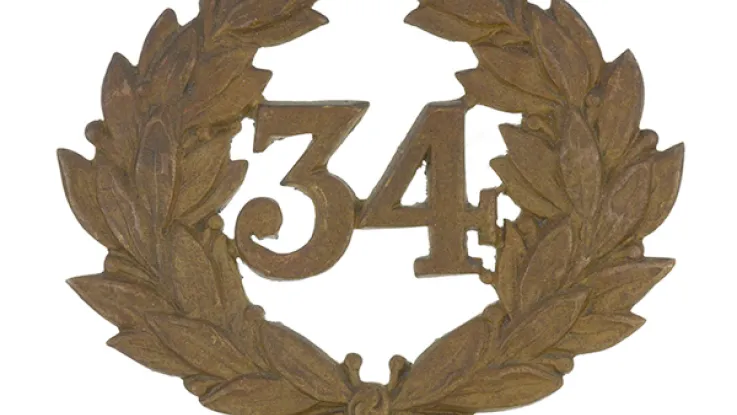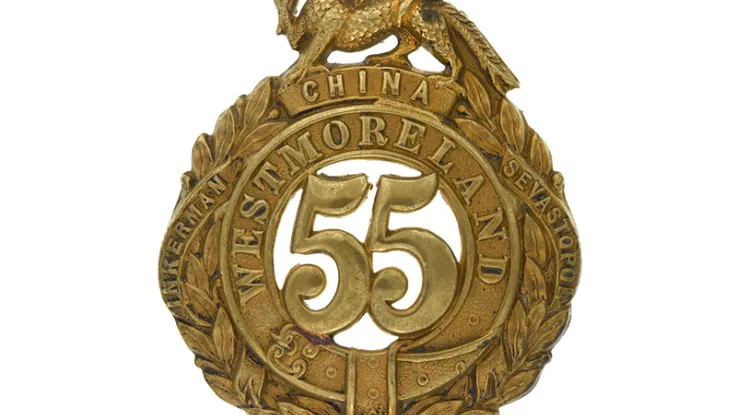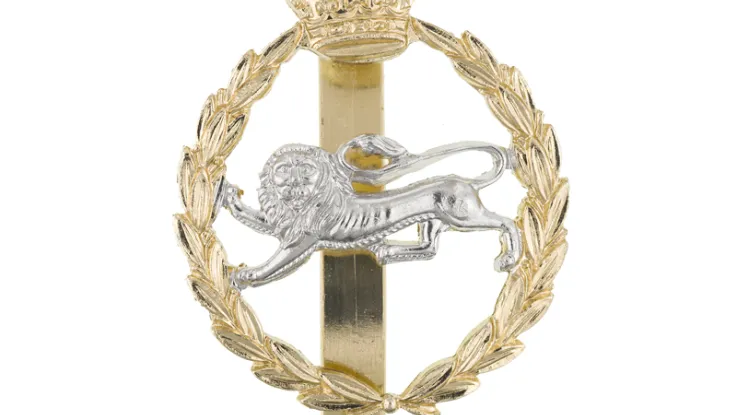Origins
In 1661, King Charles II married the Portuguese princess Catherine of Braganza. Her dowry included the possessions of Bombay (now Mumbai) in India and Tangier (now in Morocco).
By July 1680, however, Tangier was under blockade from the Moroccan sultan and in need of reinforcement. One of the units raised that month, and immediately deployed to meet this threat, was the 2nd Tangier Regiment of Foot.
The unit remained part of the Tangier garrison until the British withdrawal in 1684. On its return home, it was renamed The Duchess of York and Albany's Regiment, after the wife of James, Duke of York. The following year, on James’s accession to the throne, it became The Queen’s Regiment of Foot.
Early deployments
In 1685, the unit was sent to defend James II against the Duke of Monmouth's rebellion. Just three years later, however, it was the first British regiment to go over to his rival, William of Orange (later William III), when he landed in England during the ‘Glorious Revolution’.
It fought for William against James and his European allies in Ireland - including at the Battle of the Boyne (1690) - as well as in Flanders, where it was involved at Steenkirk (1692), Landen (1693) and the Siege of Namur (1695).
18th century
During the War of the Spanish Succession (1702-13), it was used as marines, most notably at the Duke of Marlborough’s capture of Gibraltar in 1704. The regiment was then sent on an expedition to attack Quebec in 1711. However, the fleet was shipwrecked en route and the survivors were back in Britain by the end of the year.
Three years later, on the accession of George I, it was renamed The King’s Own Regiment of Foot.
It was sent back to Flanders in 1744, during the War of the Austrian Succession (1740-48), then to Scotland a year later to face the Second Jacobite Rebellion (1745-46). The regiment fought at Falkirk and suffered the Hanoverian side’s heaviest casualties at Culloden (1746).
In 1751, its official title changed to the 4th (The King’s Own) Regiment of Foot, recognising its status as the fourth oldest line infantry regiment in the British Army.
Revolutionary and Napoleonic Wars
After garrisoning Minorca from 1753, the regiment began its first West Indian posting in 1758. This included action on Guadeloupe, Martinique and St Lucia during the Seven Years War (1756-63).
In 1774, it was sent to Boston and so was already in theatre on the outbreak of the American War of Independence (1775-83). It fought in several battles, including Lexington and Concord (1775), Bunker Hill (1775) and Long Island (1776), before returning to the West Indies.
The 4th Foot spent the late 1790s and early 1800s in the Netherlands, northern Germany and Copenhagen. It then formed part of a force, under General Sir John Moore, sent to protect Sweden from French invasion. When this force anchored off Gothenburg, however, the Swedish king refused to let it land, so it was diverted to the Peninsular War (1808-14). It landed in Portugal in 1808 and was involved in the retreat to Corunna at the end of the year.
Evacuated to England after the subsequent Battle of Corunna in 1809, it returned to the Peninsula in 1810, seeing action at Badajoz (1812), Salamanca (1812), Vitoria (1813) and San Sebastian (1813). It then carried the fight across the Pyrenees into France.
It was in North America again in 1814, this time fighting in the War of 1812 (1812-15), but was back home in time to fight at Waterloo (1815).
Victorian period
After a further seven years in the West Indies from 1819, the regiment was involved in escorting convict ships to New South Wales from 1831. From there, it was posted to India in 1837, where it remained for 11 years.
It fought in the Crimean War - at Alma, Inkerman and Sevastopol - and the Indian Mutiny (1857-59) during the 1850s, a decade in which it raised a 2nd Battalion for the fourth time in its history. The previously raised 2nd Battalions had existed for very brief periods and largely served as a source of reinforcements for the 1st Battalion.
The regiment’s 1st Battalion saw action on the march to Magdala in Abyssinia (now Ethiopia) in 1867, and 2nd Battalion in the Zulu War of 1879.
As a two-battalion regiment, there was no need for it to merge with another unit during the 1881 Army reforms. However, it did undergo another change of title at that time, becoming The King’s Own (Royal Lancaster Regiment), in recognition of its move to a new depot in Lancaster in 1873.
In 1899, 2nd Battalion deployed to the Boer War (1899-1902), fighting at Spion Kop and in the Relief of Ladysmith. In 1903, 1st Battalion embarked for India. It was replaced there by 2nd Battalion nine years later.
First World War
On the outbreak of the First World War (1914-18), 1st Battalion was sent to France with the British Expeditionary Force. It remained on the Western Front throughout.
2nd Battalion joined it there for 11 months in 1915, before moving on to Salonika. The regiment also raised 14 Territorial and New Army battalions during the conflict. These served in France and Flanders, Gallipoli, Mesopotamia and at home stations.
Inter-war years
1st Battalion was sent to Dublin in 1919 and was one of the last British Army units to leave Ireland in the wake of the War of Independence (1919-21). Both regular battalions then spent time in India and Palestine, with 2nd Battalion also sent to Burma and Sudan.
The regiment’s title changed for a final time in 1921, becoming The King’s Own Royal Regiment (Lancaster).
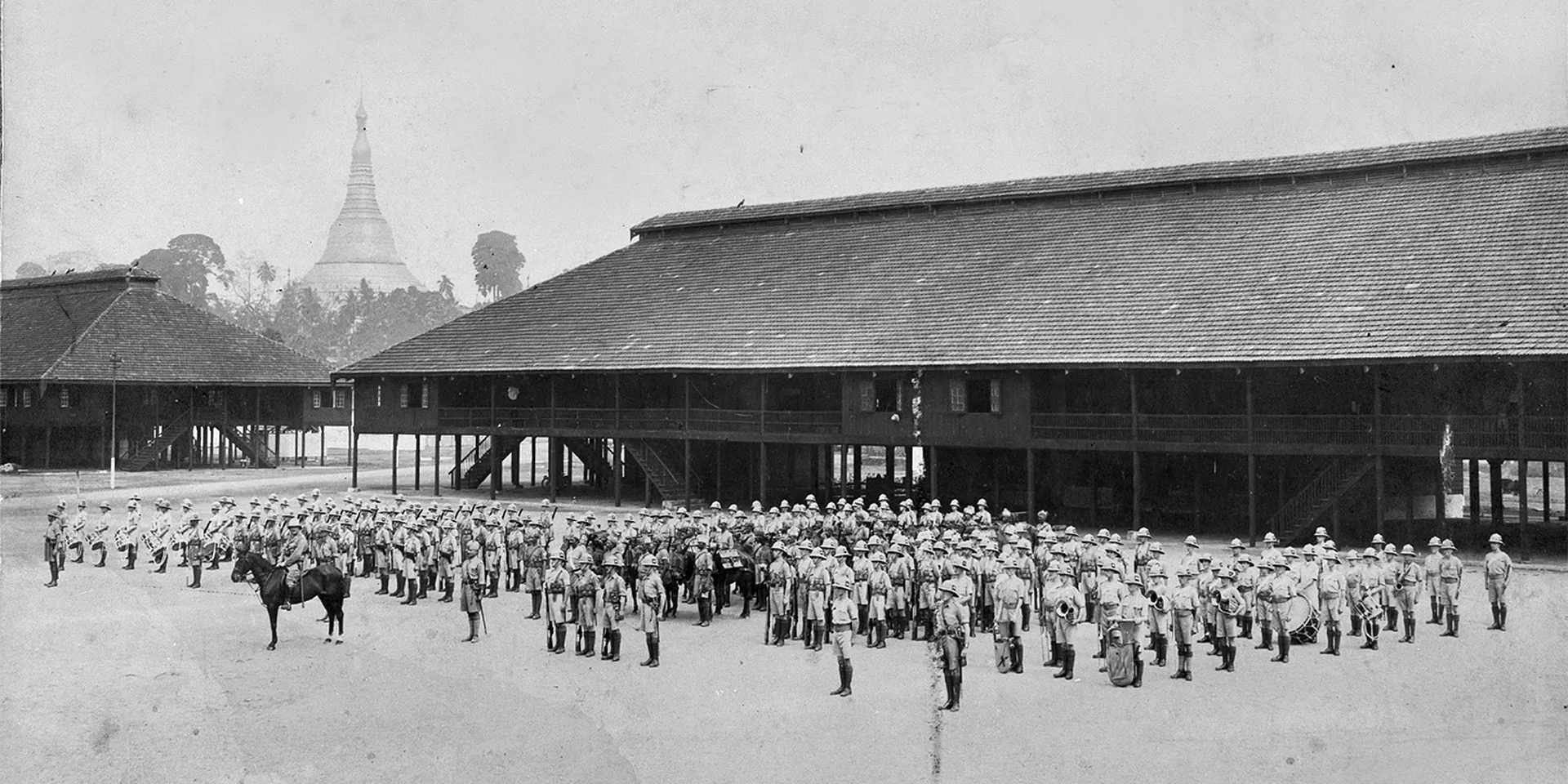
Men of The King's Own Royal Regiment (Lancaster) on parade with mountain artillery, Burma, c1920s
Second World War
1st Battalion was in Karachi (now in Pakistan) on the outbreak of the Second World War (1939-45). In 1941, it was sent to Iraq after the pro-British regime there was overthrown in a nationalist coup. This was one of the first wartime deployments of British troops by air. After helping install a new government, it moved to Egypt to serve in the Western Desert the following year.
In late 1943, 1st Battalion was involved in the failed Allied attempt to capture the Dodecanese Islands in the Aegean Sea. The battalion was almost completely wiped out and had to be re-formed by merging its few survivors with the men of 8th Battalion. This new 1st Battalion then fought in Italy from January 1944 until the end of the conflict.
Meanwhile, 2nd Battalion was based in Palestine at the start of the war. It moved to Egypt in 1940 and then on to Syria the following year. By the end of 1941, it was back in North Africa, where it took part in the defence of Tobruk. It moved to Ceylon (now Sri Lanka) in 1942, and then on to Burma in 1944 as part of the Chindit forces.
Just before the outbreak of war, the Territorial 4th Battalion was converted to artillery, forming the 56th (King's Own) Anti-Tank Regiment. It served in France and was evacuated from Dunkirk in 1940. It later served in India and Burma. The Territorial 5th Battalion also fought in France in 1940 before transferring to the Royal Armoured Corps until disbandment in 1943.
The hostilities-only 6th, 7th, 8th and 9th Battalions also served in France in 1939-40. Afterwards, the 6th and 9th Battalions remained at home, but the 7th and 8th Battalions later served in the Mediterranean and Indian theatres.
Post-war deployments
At the end of the fighting, 1st Battalion carried out occupation duties in northern Italy and Trieste in 1945-46. 2nd Battalion was briefly used to occupy Eritrea in 1948, before merging with 1st Battalion the following year.
The regiment spent the 1950s in Germany with the British Army of the Rhine (1951-53), Korea and Hong Kong (1953-56), and Kenya and Aden (1958).
Legacy
After returning to England in 1959, it was amalgamated with The Border Regiment to form The King’s Own Royal Border Regiment.
Regimental museums
The National Army Museum works with a network of Regimental and Corps Museums across the UK to help preserve and share the history and traditions of the Army and its soldiers.
Discover more about The King’s Own Royal Regiment (Lancaster) by visiting the King's Own Royal Regiment Museum in Lancaster.

